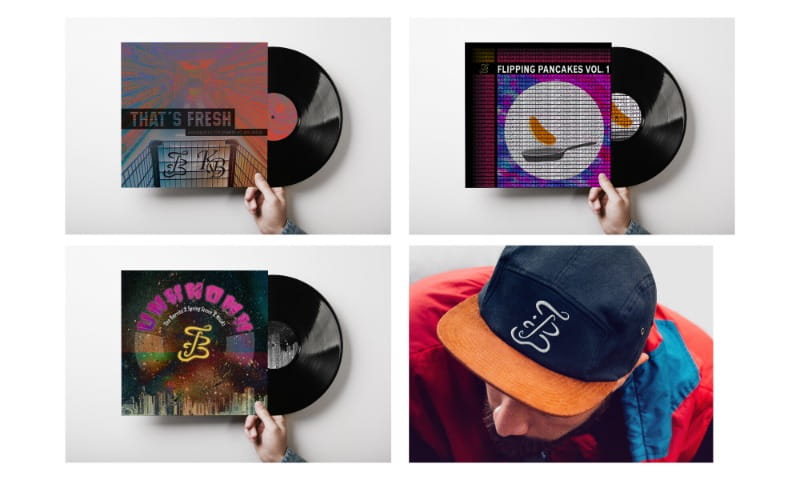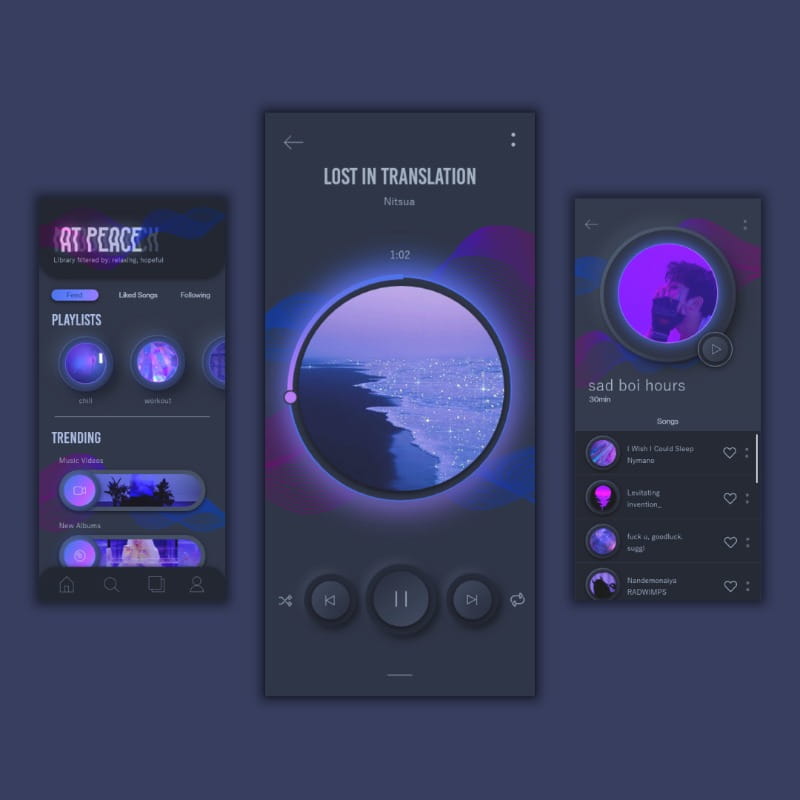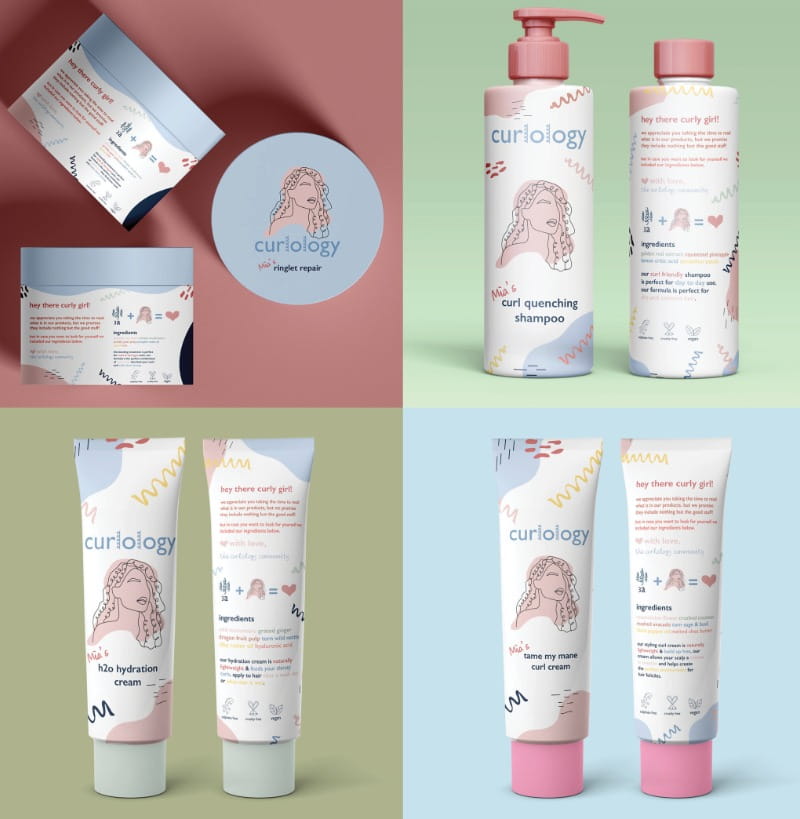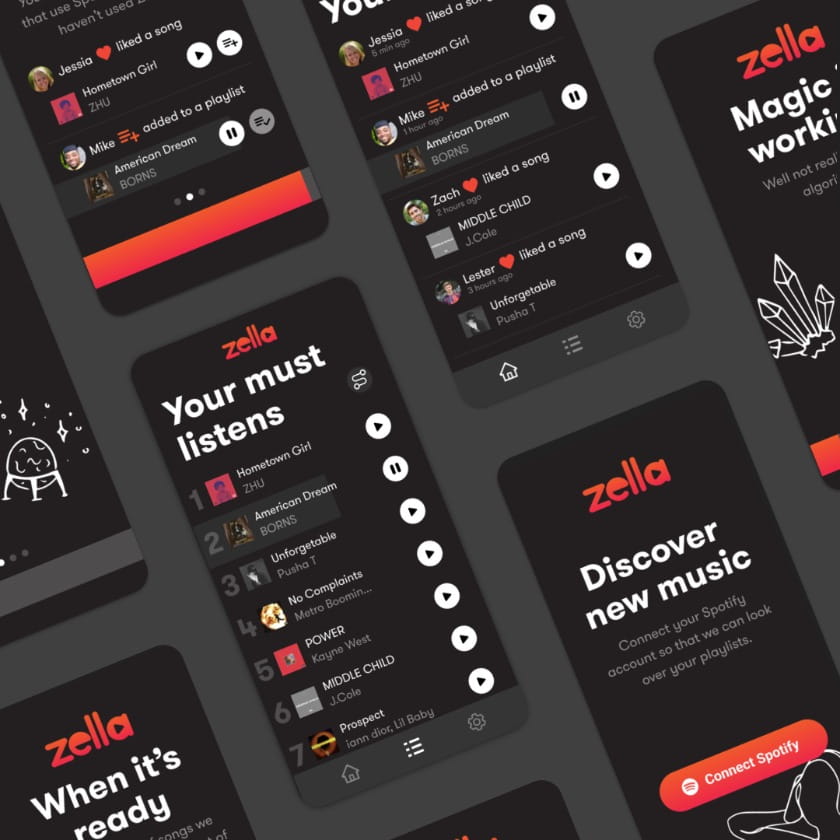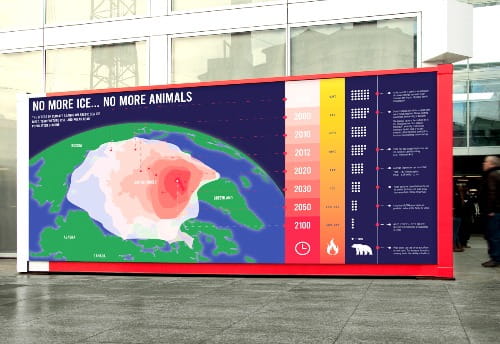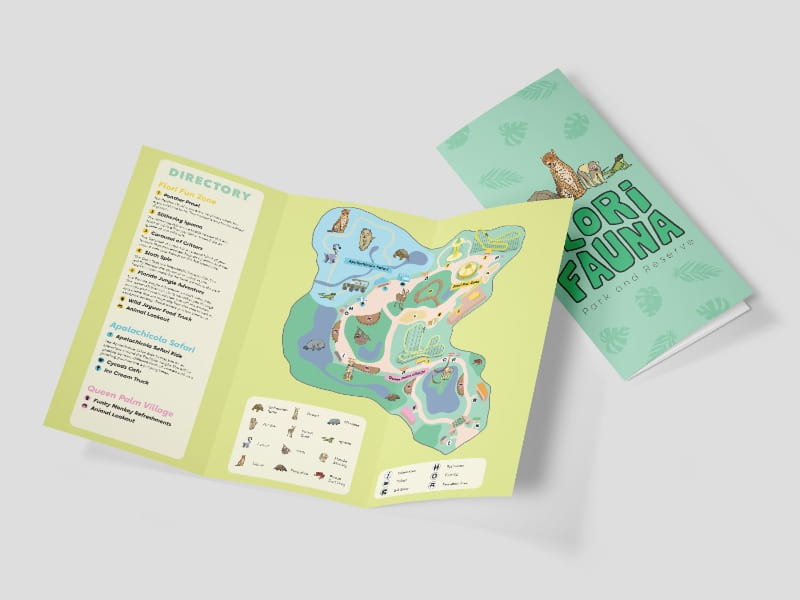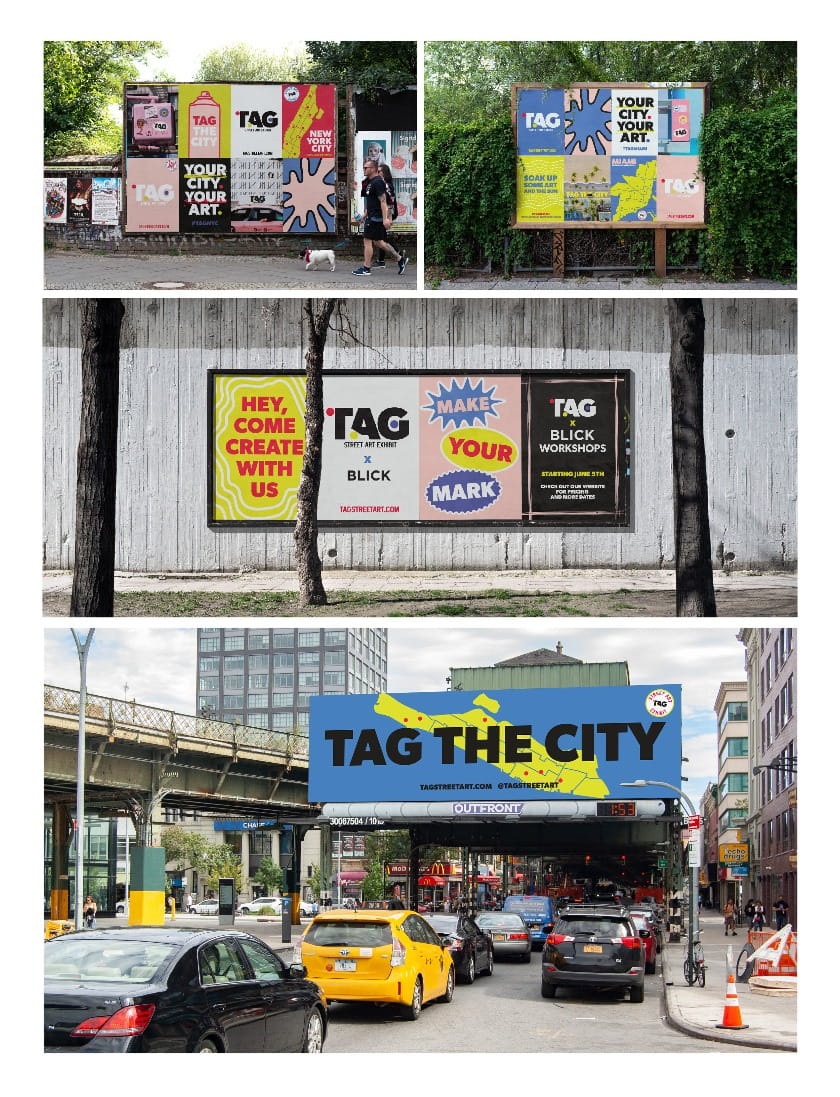-
Program Overview
Endicott's four-year bachelor’s degree program allows students to hone their design skills to be competitive in all aspects of the design industry - advertising, editorial design, brand, print and package design, website and app design, as well as developing skills in photography, illustration, motion design, and animation. Many students also minor in marketing, studio art, computer science or photography.
Students are prepared for the cutting edge of the industry through coursework and strong ties to area companies and professionals through our leading internship program. By keeping our hands on the pulse of the industry we are ensuring our graphic design program and students’ skills are totally up to date with industry demands.
We have incredible success in internships turning into full-time employment after graduation with companies such as IBM, Hasbro, PUMA, Tank Design agency, EBSCO, and more.
Endicott’s graphic design program was recently rated #1 in Massachusetts by Zippia, a career resource company, based upon career results, design emphasis, school performance graduation rate, and cost.
Request Information
Interested in learning more about this program? Request information today!
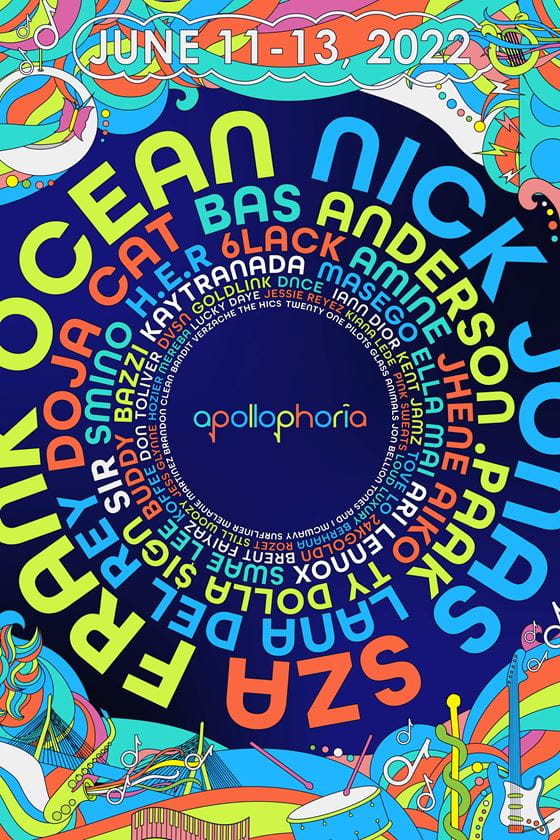 Shannon Veilleux
Shannon Veilleux
Thesis II - Music Poster
Awarded 2021 UCDA Design Awards Honorable Mention -
Curriculum
Curriculum Requirements - Total Credits Required: 127
First Year - Credits: 32
-
ART 101 - Visual Art and Cultural Values I: Prehistory to c. 1310 (Cr: 3)
-
ART 102 - Visual Art and Cultural Values II: Early Fourteenth Century to the Present (Cr: 3)
-
ART 105 - Drawing and Composition I (Cr: 3)
-
ART 106 - Drawing and Composition II (Cr: 3)
-
ENG 111 - Critical Reading and Writing I (Cr: 3)
Satisfies the Writing Designated Core requirement.
-
ENG 112 - Critical Reading and Writing II (Cr: 3)
Satisfies the Writing Designated Core requirement.
-
GD 105 - Introduction to Computer Graphics (Cr: 3)
-
GD 120 - Foundations of Graphic Design (Cr: 3)
-
GD 126 - Typography 1 (Cr: 3)
-
INT 100 - Internship I (Cr: 2)
-
PHT 116 - Introduction to Photographic Imaging (Cr: 3)
Second Year - Credits: 35
- Individual and Society General Education Requirement (Cr: 3)
- Quantitative Reasoning General Education Requirement (Cr: 3) (Recommended CSC160/CSC160L)
- Science and Technology General Education Requirement (Cr: 3) (Recommended CSC101)
- Art Elective (Cr: 3)
-
ART 201 - Painting I (Cr: 3)
or
-
ART 250 - Printmaking (Cr: 3)
-
ART 205 - Three-Dimensional Design (Cr: 3)
-
ART 237 - History of Graphic Design (Cr: 3)
-
INT 200 - Internship II (Cr: 2)
-
GD 200 - Sophomore Design Studio (Cr: 3)
-
GD 226 - Typography II (Cr: 3)
-
GD 230 - User Experience Design I (Cr: 3)
-
GD 326 - Typography III (Cr: 3)
Third Year - Credits: 30
- Global Issues General Education Requirement (Cr: 3)
- Literary Perspectives General Education Requirement (Cr: 3)
- World Cultures General Education Requirement (Cr: 3)
- Graphic Design or Illustration Elective (Cr: 3)
- General Education Elective (Cr: 3)
-
ART 302 - Portfolio (Cr: 3)
-
ART 303 - Theory and Research in Visual Design (Cr: 3)
-
GD 310 - User Experience Design II (Cr: 3)
-
GD 360 - Junior Graphic Design Studio I (Cr: 3)
-
GD 361 - Junior Graphic Design Studio II (Cr: 3)
Fourth Year - Credits: 30
- Values and Ethical Reasoning General Education Requirement (Cr: 3)
- Graphic Design or Photography Elective (Cr: 3)
- General Education Electives (Cr: 6)
-
GD 480 - Semester Internship (Cr: 12)
-
GD 489 - Senior Research (Cr: 3)
-
GD 490 - Senior Capstone (Cr: 3)
Diversity, Equity & Inclusivity Requirements
Students take the following:
- DEI course attribute at any level
- DEI course attribute 200 level and above
Learning Outcomes
Upon completion of the graphic design program, students will:
- Demonstrate the critical inquiry and analysis skills needed to engage constructively in intellectual discourse within the art fields.
- Demonstrate knowledge of and competency with tools and technology, including their roles in the creation, reproduction and distribution of visual messages.
- Demonstrate a strong handling of perceptual skills in drawing.
- Experience the relationship of academic studio practices to professional applications.
- Discuss and write about the historical context for the visual arts.
- Communicate effectively in written form within the conventions of the discipline.
- Describe and respond to audiences and contexts, including recognition of physical, cognitive, cultural and social human factors that shape design decisions.
- Create and develop a meaningful visual form using the principles of visual organization/composition, information hierarchy, and aesthetics.
- Demonstrate an understanding of design history, theory, and criticism from a variety of perspectives.
- Clearly and concisely articulate design concepts, solutions and rationale.
- Demonstrate willingness to go beyond original parameters of assignment, introducing new materials and forms, including tackling controversial topics.
- Integrate creativity and vision in pursuing thought-provoking visual design concepts using typography, symbolic representation, and color.
- Deconstruct concepts, applying and carrying them out in a sophisticated and unique visual solution.
View academic catalog and learning outcomes -
ART 101 - Visual Art and Cultural Values I: Prehistory to c. 1310 (Cr: 3)
-
Internships and Careers
Recent Internships
- IBM User-Centered Design Lab
- MIT Media Lab
- Hasbro
- Marie Claire Magazine
- GAP Promotions
- PEM
- Tank Design
- EBSCO
- Soldier Design
- PUMA
Alumni Employment
- EBSCO
- Hasbro
- IBM User-Centered Design Lab
- Tank Design
Student Work
Computer Requirements for Graphic Design Students
The School of Visual and Performing Arts requires that graphic design students use Apple laptop computers. Specifications are available from the school. They are also available in Academic Technology’s Student Computer Guide to Hardware/Software Recommendations.



